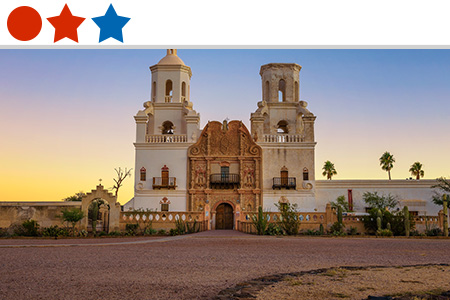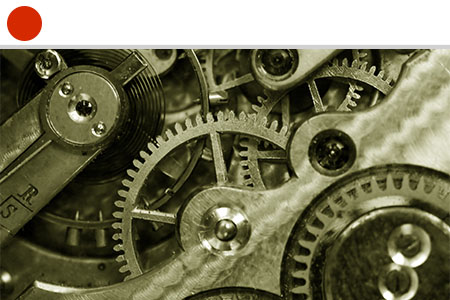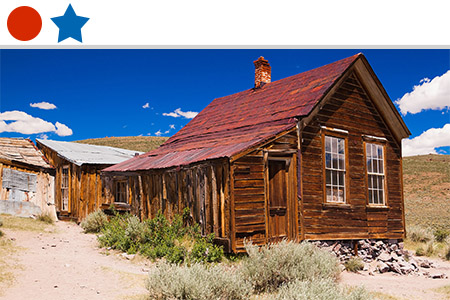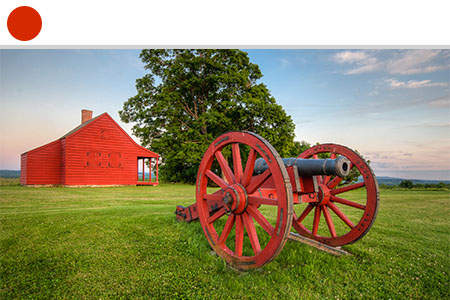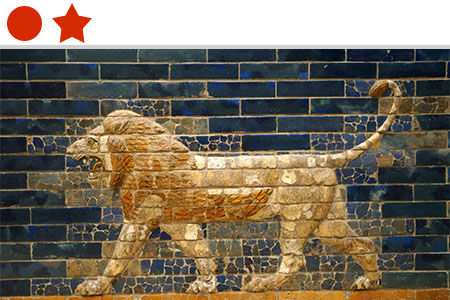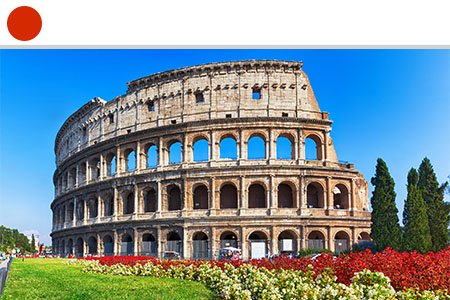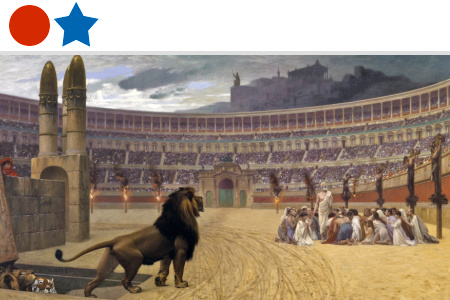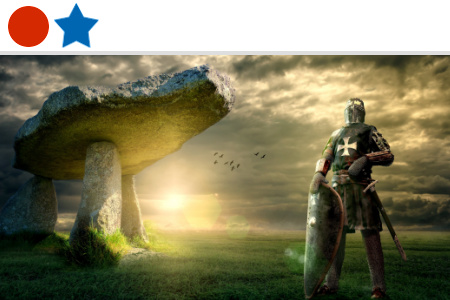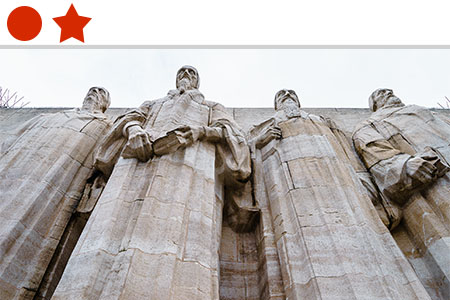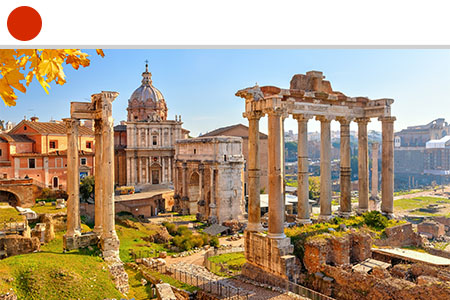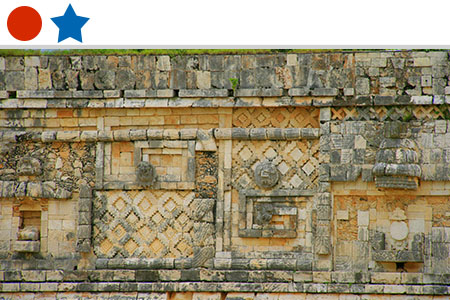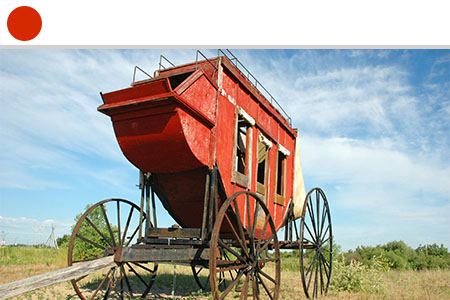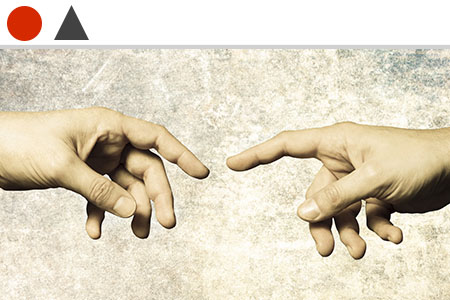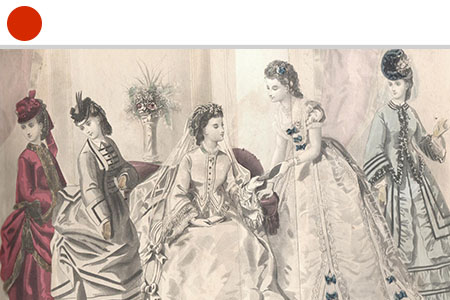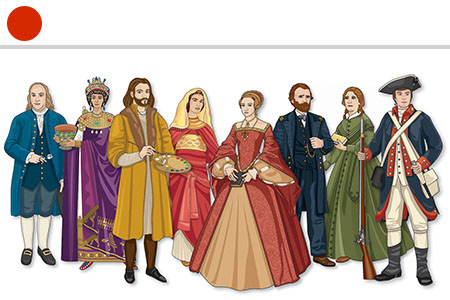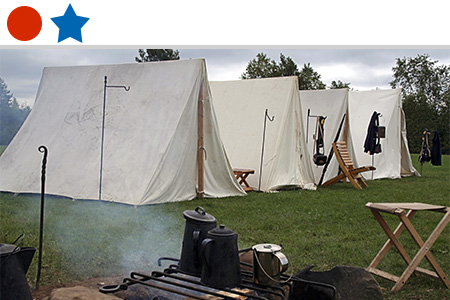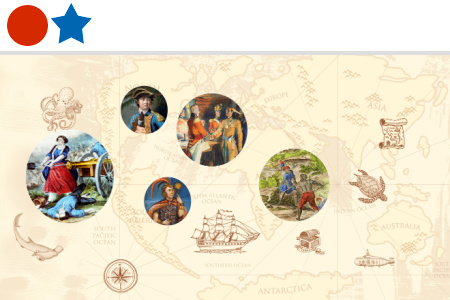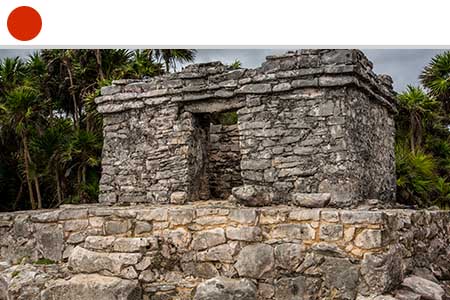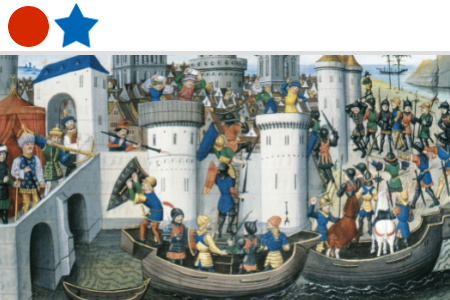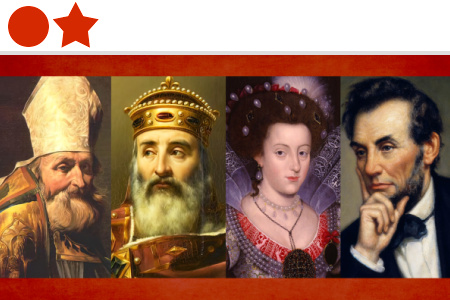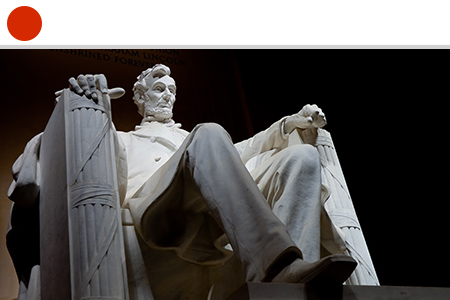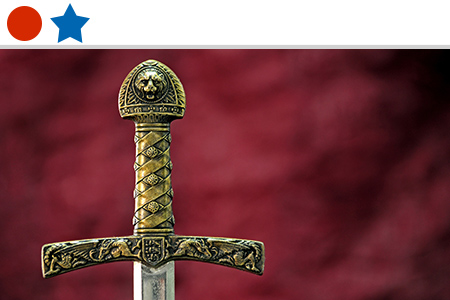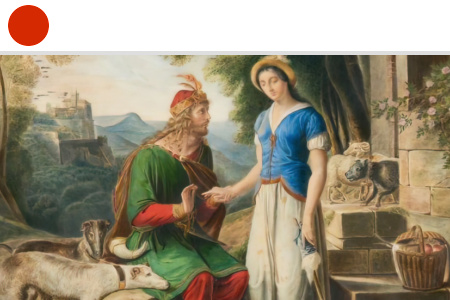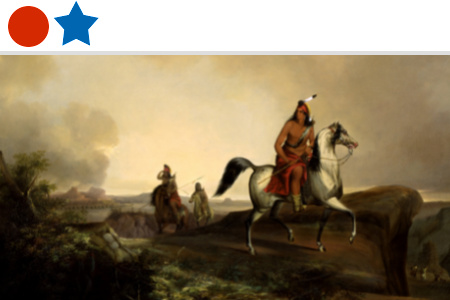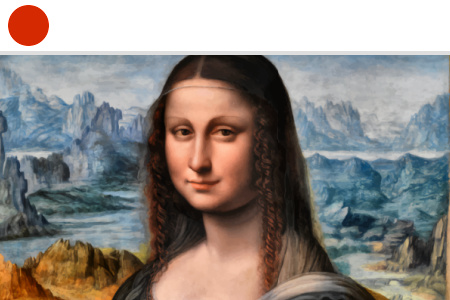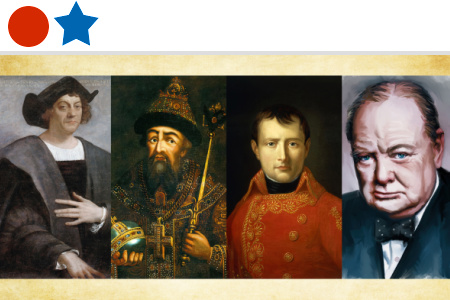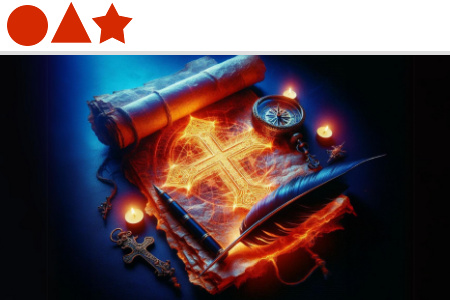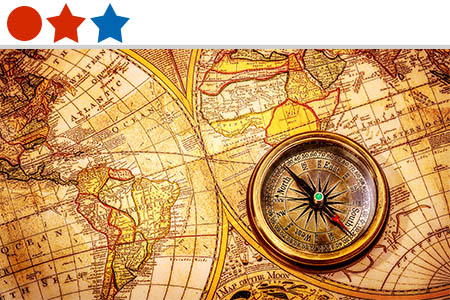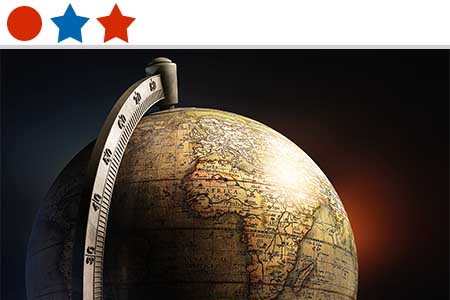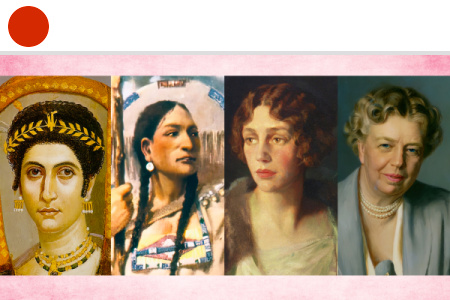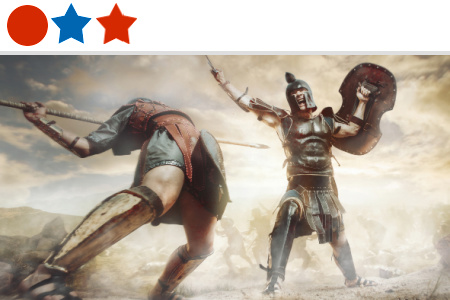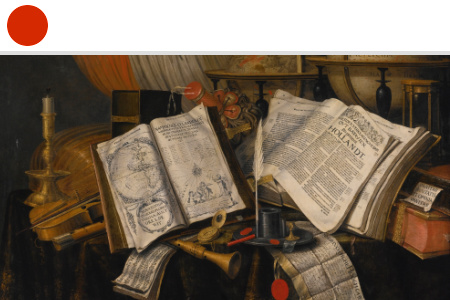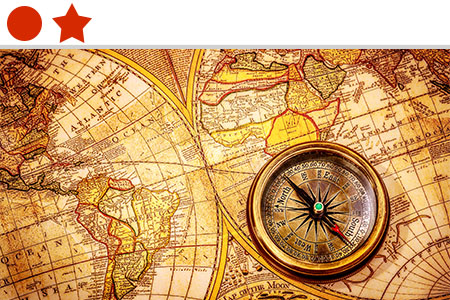Course Sample for Our This Changed Everything: Turning Points in History Homeschool History Curriculum
To view a full sample of this course, click here.
Introduction
You’ve heard it before: “That was a real turning point for me.” It could be the day you got your first pet, or the day you decided to give your heart to Jesus Christ. One was a small change, one was a big one, and there’s really no comparing them.
In math, those two types of changes have different names.
The big change is called a turning point. It’s where a graph goes from pointing up to pointing down or vice versa.
The small change is called an inflection point. It’s where the graph starts to change from curving up to curving down. It’s hardly noticeable at first, until the arc becomes steeper.
Most of history is filled with inflection points. People who lived at the time hardly even knew what was happening. The birth of a Baby in Bethlehem was such a point. A handful of shepherds and a few wise men knew it was important, but Bethlehem remained a quiet little town in Jerusalem’s shadow. (See Luke 2 for more details.)
Every so often, though, there comes a gigantic turning point that everyone can see. When that same King, Who was born in a manger, was crucified thirty-some years later, the results were earth-shaking. Literally. The ground shook violently, the heavy curtain in the temple was torn from top to bottom, and the sky went black for hours. Even the Roman soldier guarding the cross said, “Surely this was the Son of God.” (Read Matthew 27:45–54.)
What happened three days later was the real clincher, though. Jesus rose from the dead. Now, that’s a turning point!
There were a lot of unusual witnesses, too. Did you catch this in Matthew 27:51-52? “And the graves were opened; and many bodies of the saints which slept arose, and came out of the graves after His resurrection, and went into the holy city, and appeared unto many.” Now, that’ll get your attention! Especially if it was your own grandmother who came back from the dead!
The miracles didn’t stop there, either. The Resurrection of Jesus transformed his disciples from a quivering mass of jelly into bold preachers. Perhaps the rumors that were likely swirling about all those resurrected saints had reached every corner of Jerusalem by Pentecost just 40 days later. Perhaps it primed the audience to listen to Peter’s sermon. Whatever the reason, we do know that in Acts 2, three thousand people got saved right then and there, launching the Church Age.
Look again at the graphs pictured. A turning point is at the top or bottom of the curve. What follows is a gentle slope until it reaches the next turning point. In between, there is an inflection point.
History isn’t a sine wave like these graphs, so it can have many inflection points in between turning points, where things shift more subtly. Most of them aren’t even recognized as important until decades or centuries later.
To be clear, historians still call all of those “turning points” because history tends to not be as precise as math. Nevertheless, this course will endeavor to point out some of these changes, beginning with the ultimate turning point we just discussed.





